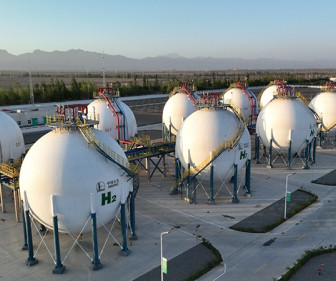Sinopec Xinjiang Kuqa green hydrogen pilot project enters operation
Green Car Congress
JULY 4, 2023
Green hydrogen is produced by facilities powered by renewable power sources such as solar and wind energy, minimizing the carbon footprint across the entire production process. Tahe has crude oil processing capacity of 5 million tons per year, coking capacity of 2.6 million tons per year, gasoline and diesel hydro-fining capacity of 2.4







































Let's personalize your content